In 2008 the state of New York imposed new regulations on all government-owned properties. They implemented a pesticide ban. This is the story of how Peter Kukielski, the rosarian-curator of the Peggy Rockefeller Rose Garden at the New York Botanical Garden, found new ways to keep more than 650 rose varieties pest free with the introduction of roses that are disease resistant and pest free. Within two years he had redesigned the garden, tripled the number of rose varieties, and begun a wholesale horticultural transformation of one of New York’s most beloved institutions and the entire commercial rose industry. It was a revolution in roses and now no garden maker should fear the rose and it’s complicated maintenance. New chem-free and eco-friendly roses are easier to grow and healthier for the environment.
Can you grow sustainable roses without pesticides?
The eco-friendly rose revolution was not without its bumps. When the 2008 New York regulations prohibited the use of poisons and fungicides routinely used on roses it meant Kukielski could no longer keep his 650 varieties of roses disease-free using the chemical formulations that were standard in the industry.
And, so, the search was on for sustainable and chem-free roses. Kukielski’s search for vigorous rose varietals was not without precedent. After similar legislation passed 20 years earlier in Germany, Kordes, a hybridizer, got to work developing new disease resistant roses that also bloomed for a long season.
The French hybridizer, Meilland, was also working in this direction and was successful in breeding roses for disease-resistance without losing beauty or long-season bloom.
For his part, Kukielski teamed up with breeders from the Earth-Kind Rose Research Study at Texas A&M University to identify existing roses that bloomed in Texas without fertilizers, and were drought and disease resistant.
Kukielski began testing several varietals to see if they would thrive at the New York Botanical Garden. And they did. In the past few years, rose varieties such as Knock Out Red and The Fairy have proved both beautiful and sustainable.
What are sustainable Eco-friendly Roses?
Truly sustainable roses are genetically disease and fungus resistant. Reasonable care is all that is needed to make them thrive. In addition to the new hybrids that are now being bred for disease resistance, old roses often carry hardy genes too. Before chemical intervention was common around the turn of the 20th century, breeders also bred for these traits.
Kukielski (who lives in Maine) organizes observational trials in the Northeast where gardeners can see roses being tested. Trial gardens have also been set up at Naugatuck Valley Community College in Connecticut, Cornell University, and in Maine at Portland’s Deering Oaks Park. Kukielski also created the American Rose Trials for Sustainability to distribute information about disease resistant roses as they are evaluated.
How to Grow Chemical- Free sustainable Roses in your own garden
In his new book ‘Roses Without Chemicals: 150 Disease-Free Roses That Will Change the Way You Grow Roses,’ Kukielski advises rose growers to stop feeling so guilty, “Failure isn’t your fault.”
The fault, in fact, may not be in the care gardeners give their beautiful but, often, fragile charges but in the type of roses they choose to grow.
“Do a little homework,” says Kukielski.
“Find out what local gardeners grow successfully and sustainably. What grows in local botanical gardens?”
He explains that the staff at many local garden centers may not know any more about roses than you do, so it is important to shop carefully locally or to shop online with a list of sustainable roses you have put together.
Enjoy these Naturally disease free roses
These are not your mother’s Roses! These eight naturally disease free and sustainable modern eco-friendly roses will get you started:
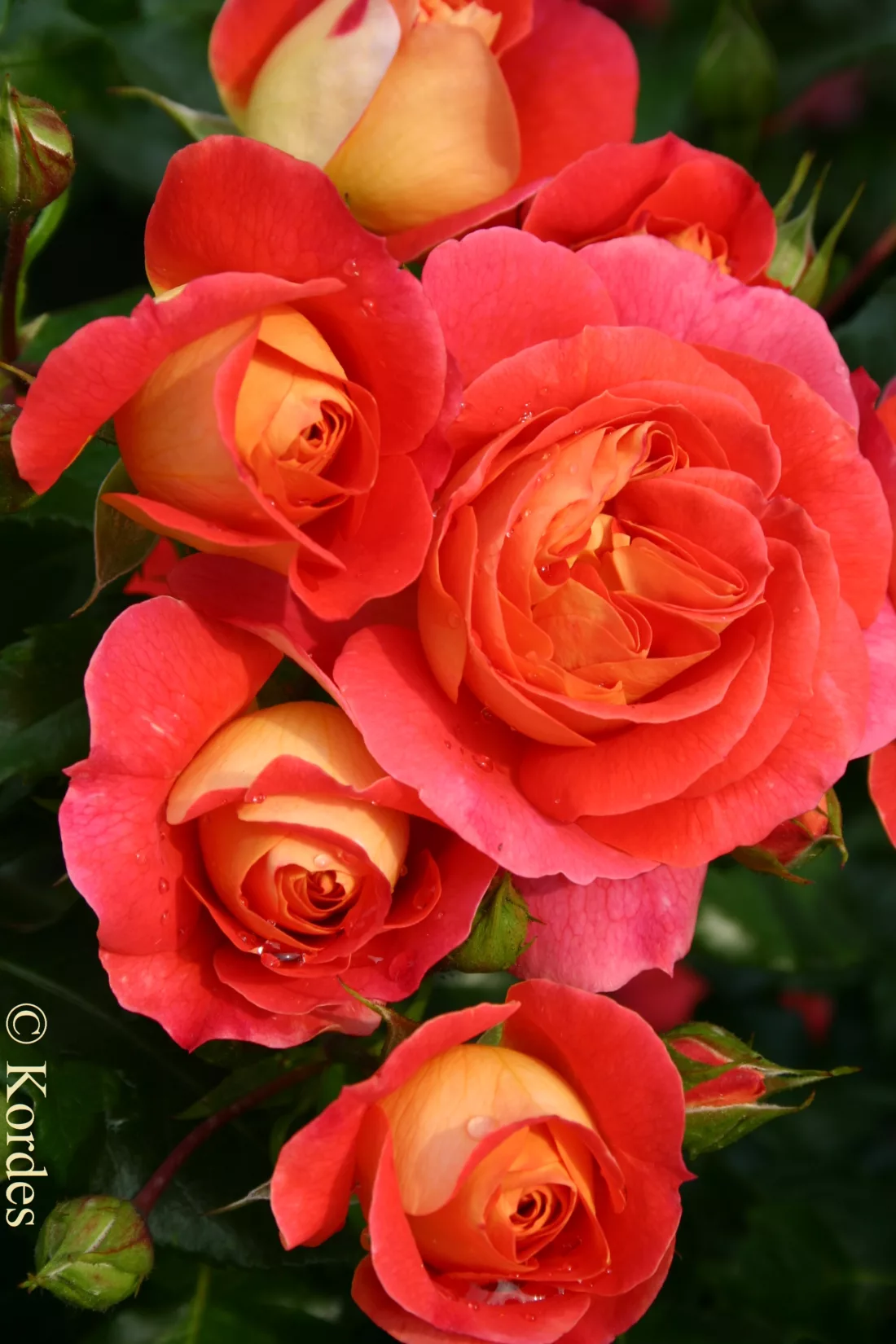
Rosa ‘Brothers Grimm’ from Kordes
Blossoms are 3-4 inches across and borne in clusters. The deep orange color fades to a dusty pink, and the petals have an unexpected color reverse of golden-yellow.
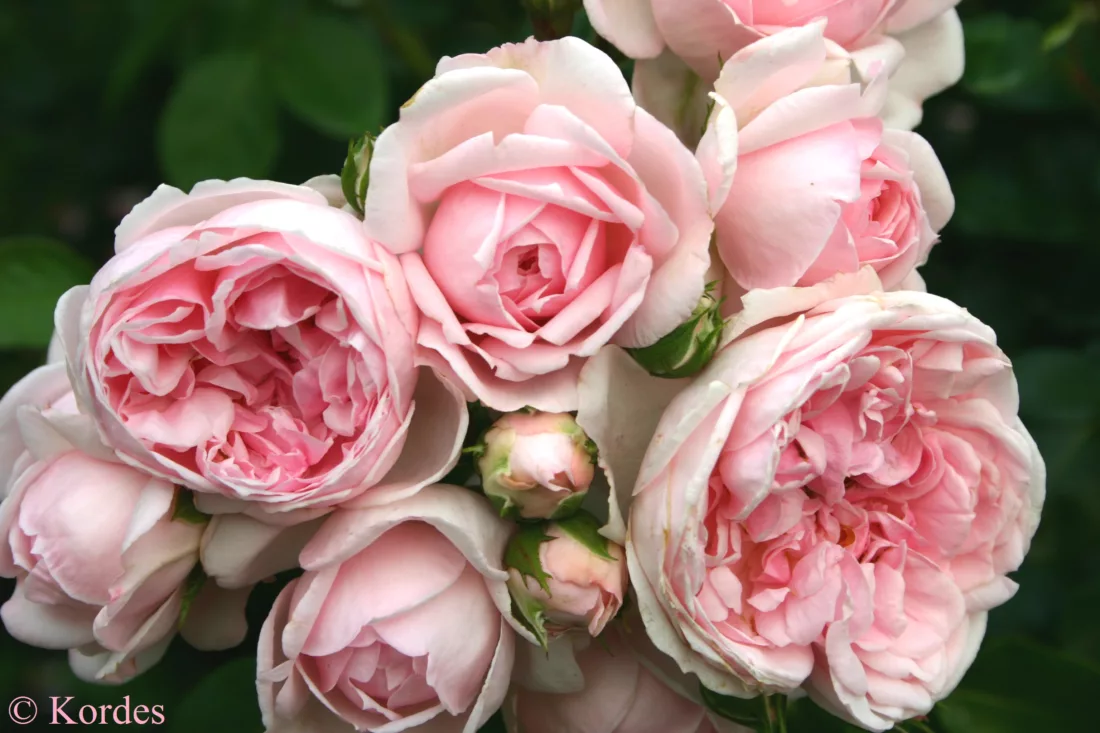
Rosa ‘Cinderella’ from Kordes
Cinderella is a pretty pink rose with clusters of wonderfully frilly, full, old-fashioned flowers.
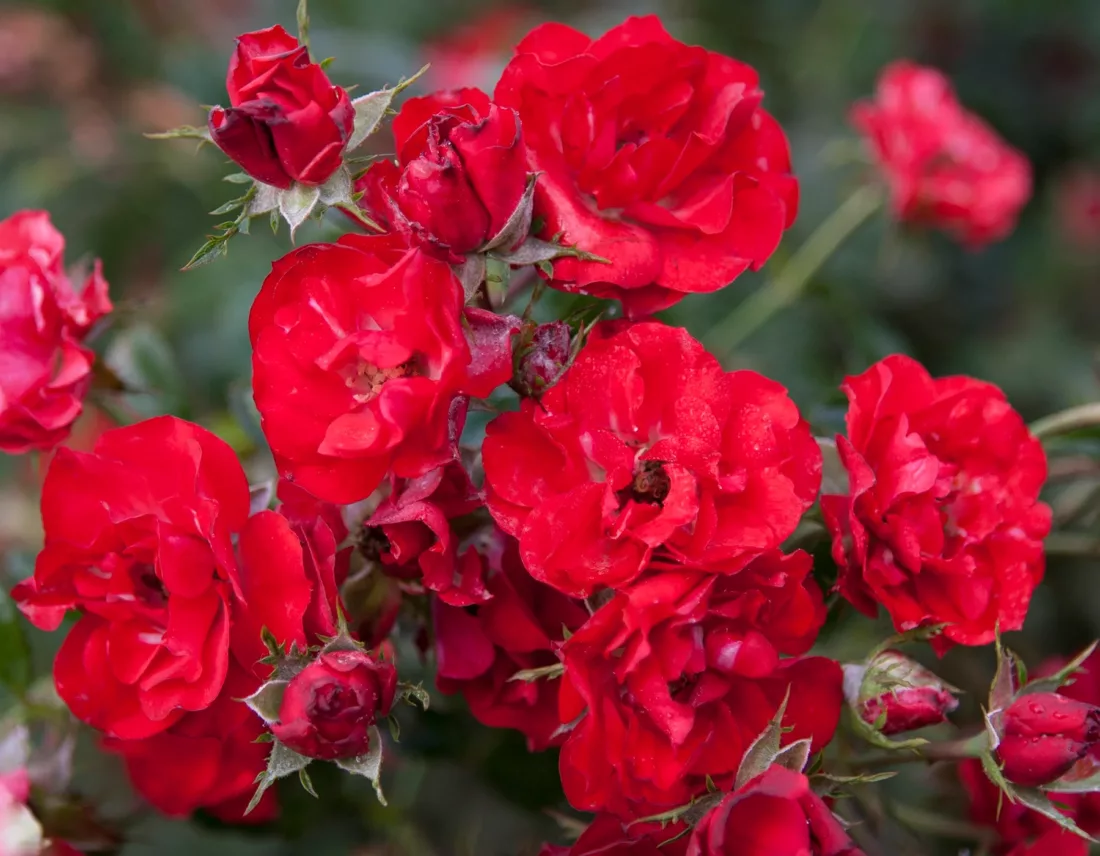
Rosa ‘Crimson Meidiland’ from Meilland
Grows between 3 to 4 feet tall with large numbers of small red flowers. Crimson Meidiland is good for mass planting.
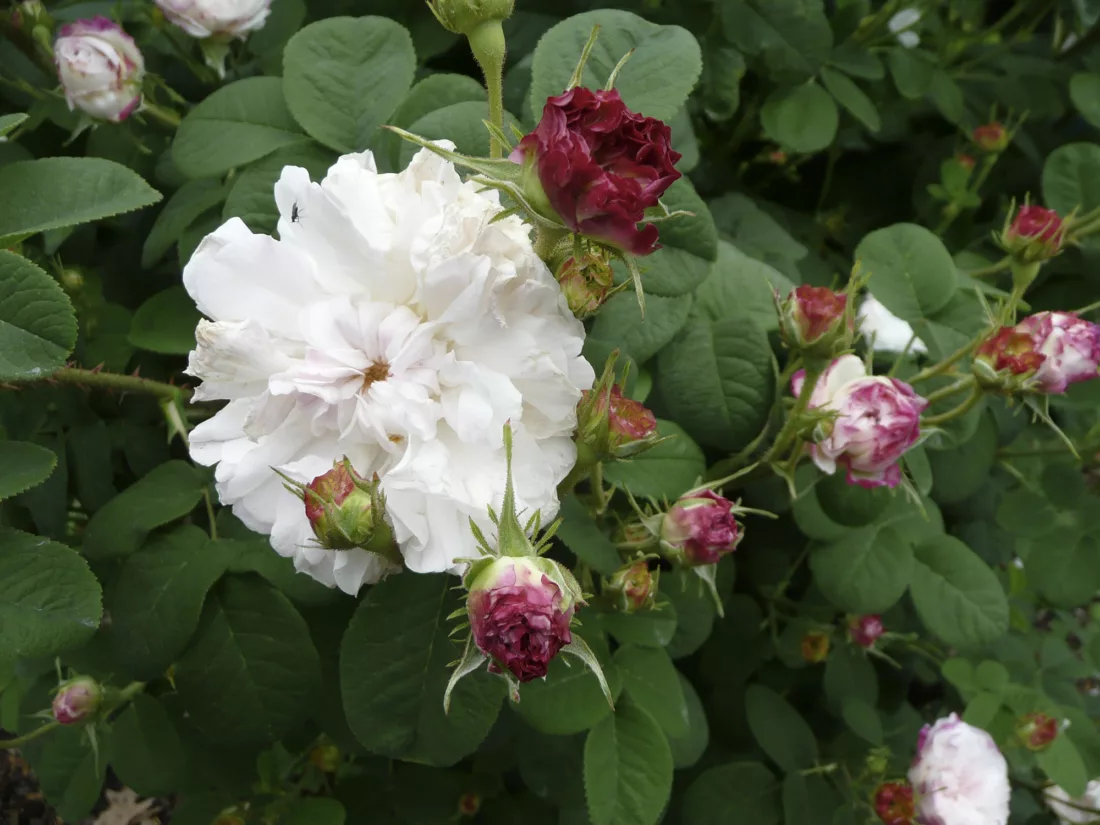
Rosa ‘Leda’s
Buds promise a red red rose, but as they open the petals are white, narrowly bordered in red, hence categorized as a ‘painted damask.’ Leda’s is low growing to just three feet, spreading and fragrant. Blooms for about a month in July.
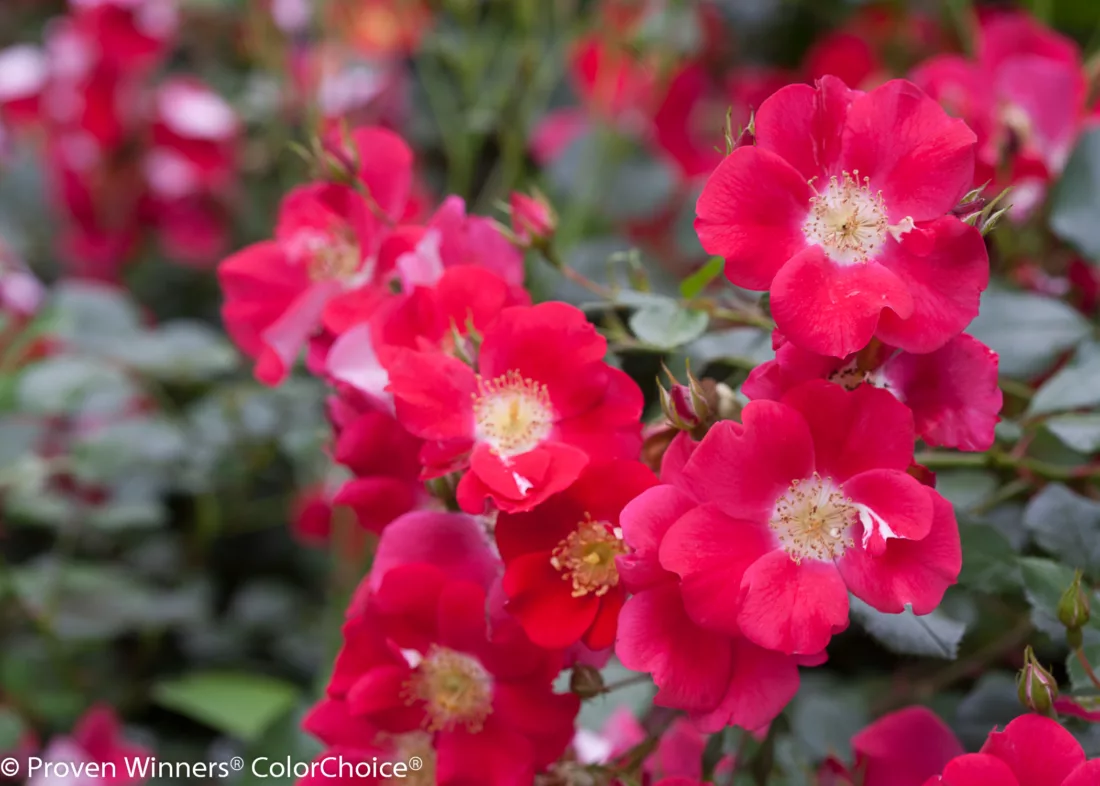
Rosa ‘Oso Easy Cherry Pie’ – (Chris Warner)
Can grow 2 to 4 feet tall with wide with bright single flowers. No deadheading necessary.
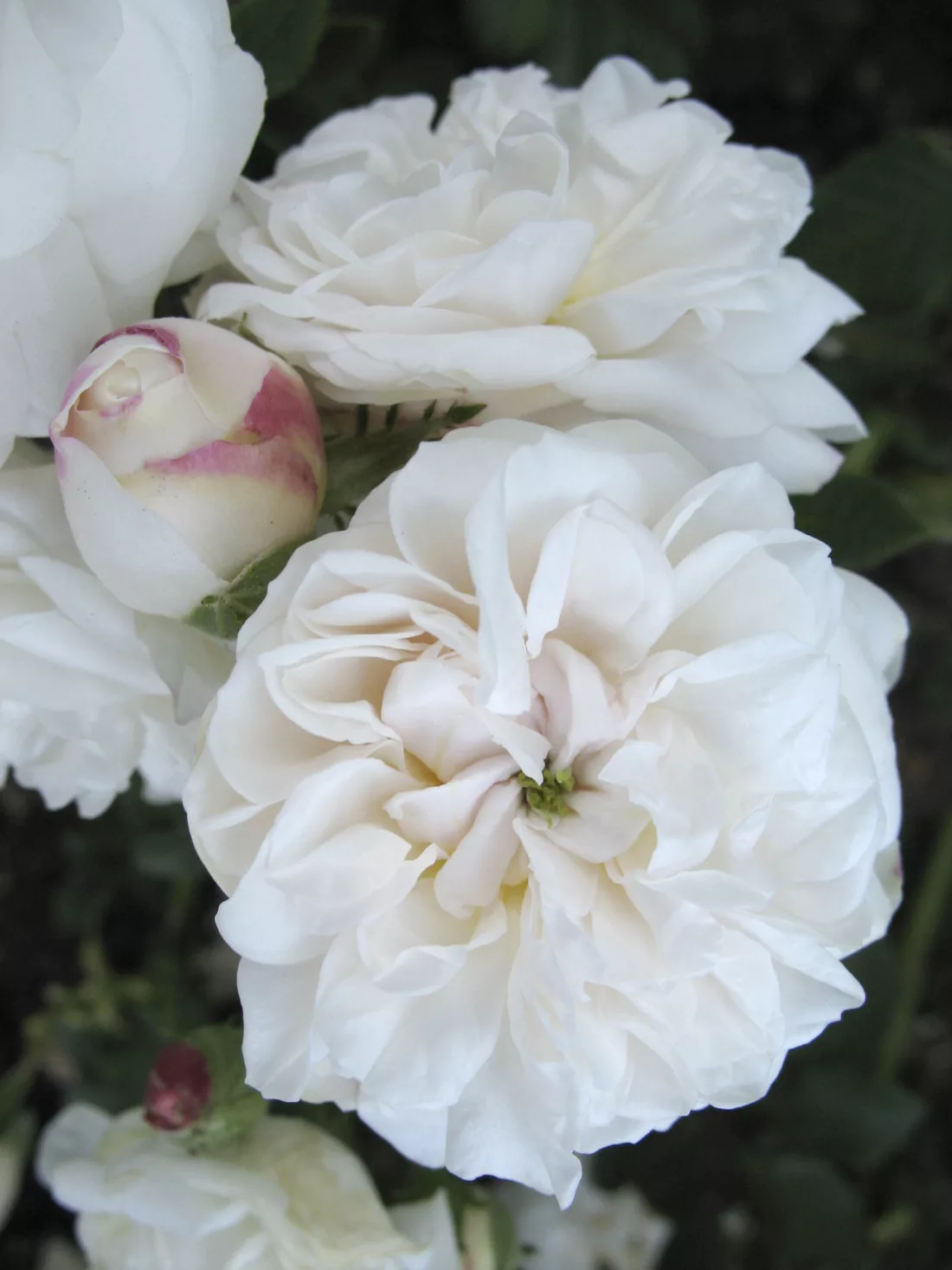
Rosa ‘Madame Plantier’
This rose bears fragrant white, very double white petals around a green eye. Like other alba roses it is hardy and blooms mainly in June/July. It is usually 4-6 feet tall – not a large shrub.
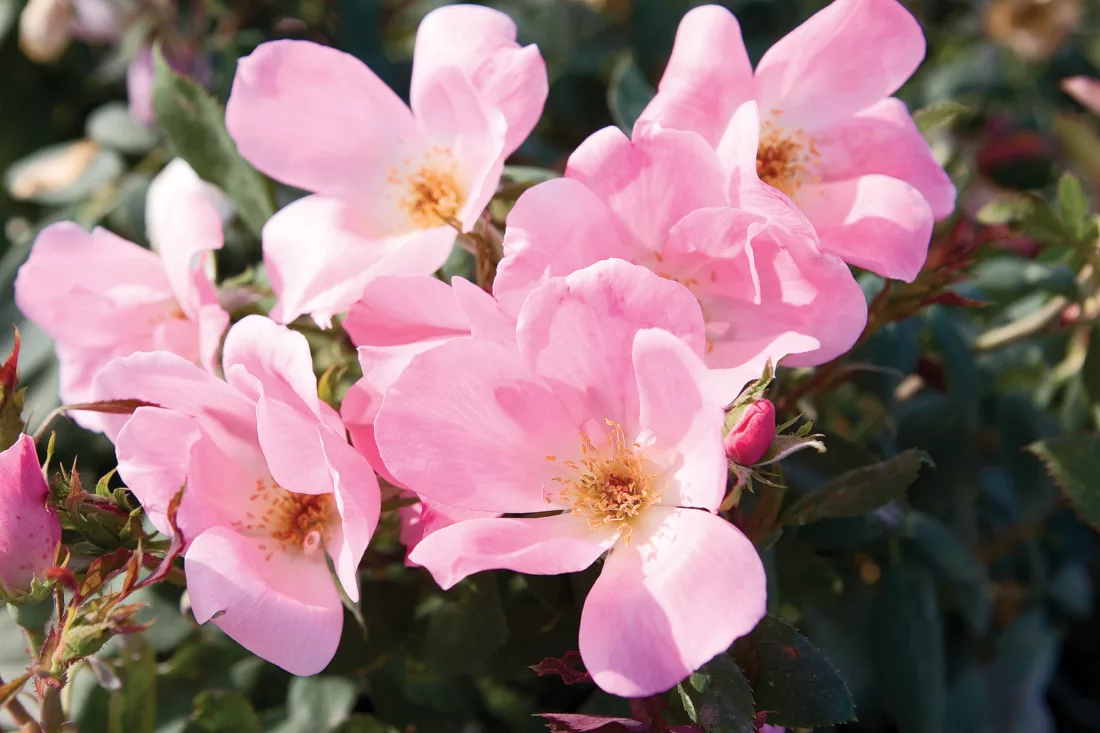
Rosa ‘Blush Knock Out’ and ‘Pink Knock Out’ – (Will Radler)
These pale or bright pink roses can grow up to 4 feet tall with no deadheading needed.
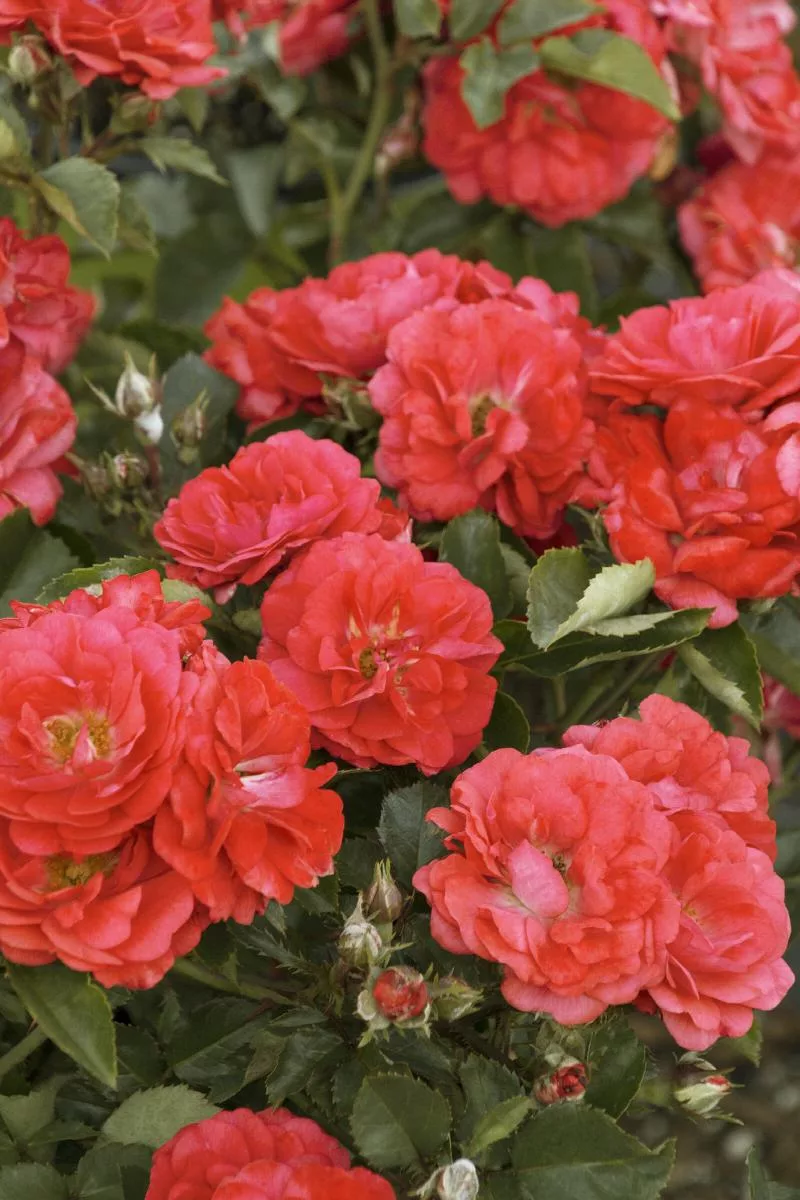
Rosa ‘Coral Drift’ from Meilland
These tough winter hardy rose plants with small brilliant blossoms are no more than 2 feet tall, perfect for containers.
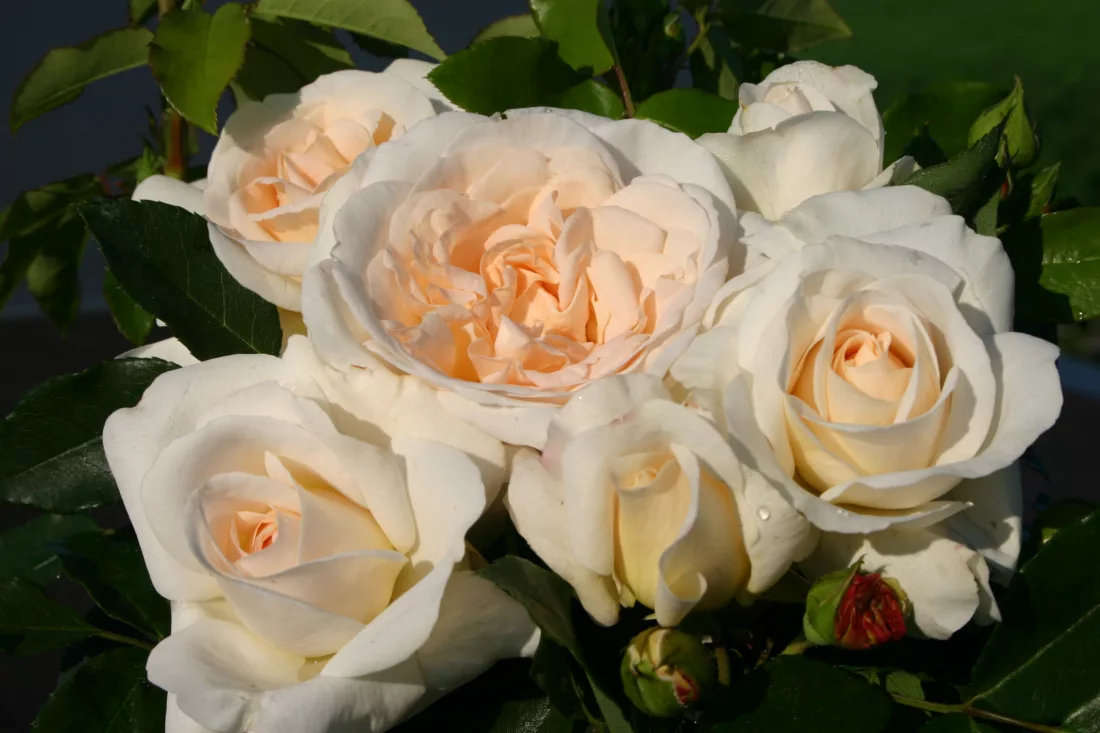
Rosa ‘Kosmos’ from Kordes
Robust and resilient with white to cream old-fashioned flowers. They are about three feet tall and bushy.
Basic Rose Care: (With Better Plants, Little Else is Needed)
- Roses need sun, at least six hours a day.
- Roses need good soil enriched with compost, and a layer of mulch after planting.
- Roses need consistent water, especially the first year or two after planting. The soil should
drain well so the roots do not rot. - Maintain the roses every year with a helping of an organic fertilizer like Rose Tone, and a
renewed layer of compost and mulch.
Learn more about America’s Rose Trials for Sustainability at americanrosetrialsforsustainability.org.
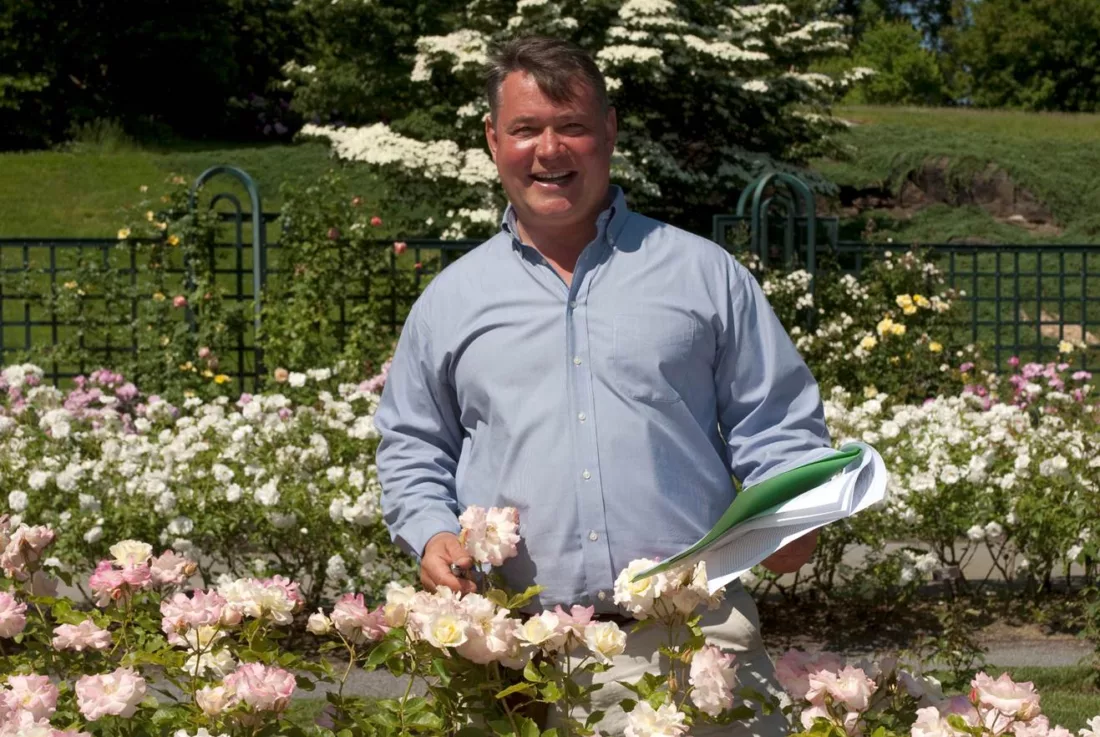
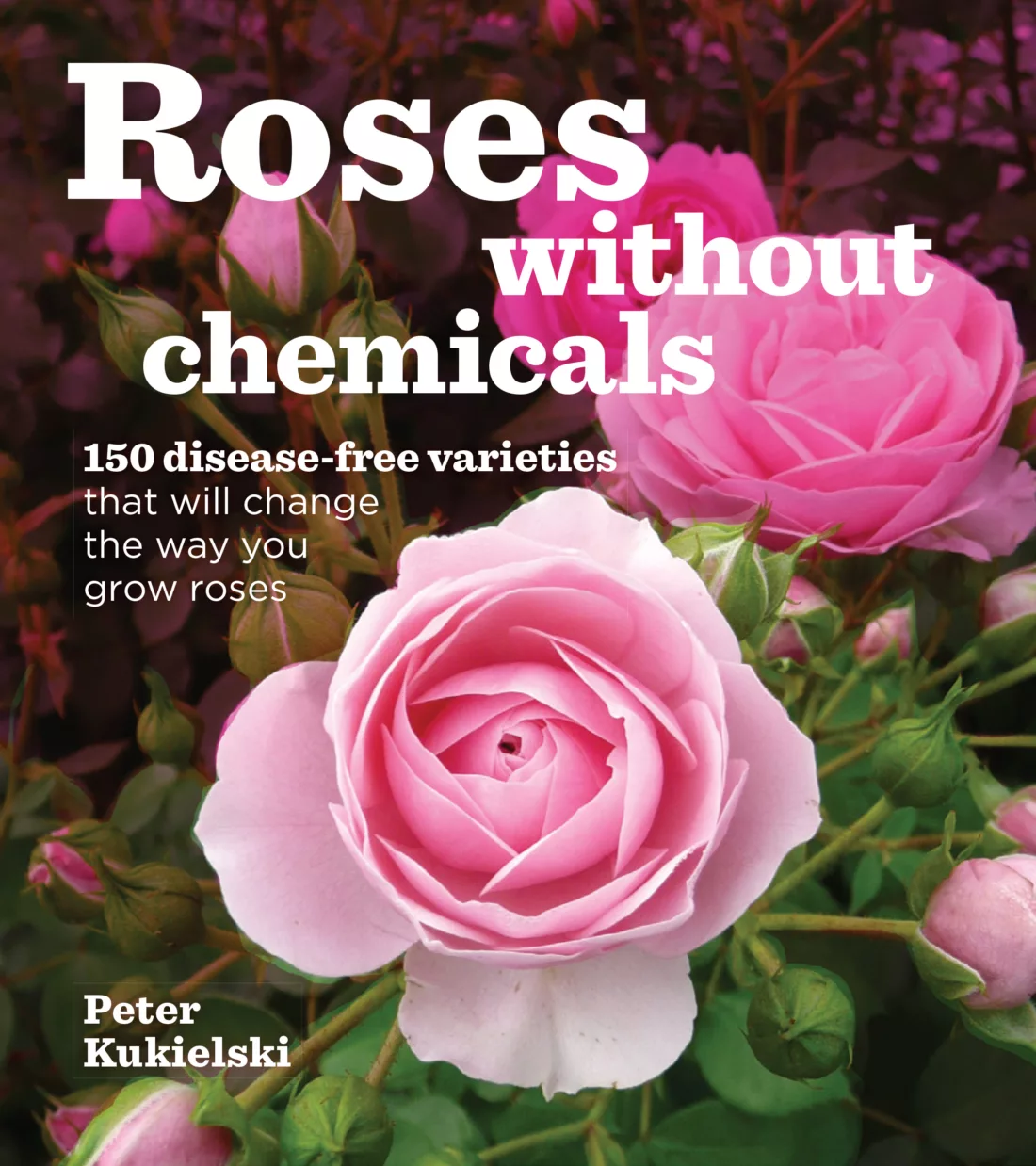
For more great varieties of eco-friendly and sustainable roses that do not require herbicides and pesticides, Check out Peter Kukielski’s book – Roses Without Chemicals: 150 Disease-Free Roses That Will Change the Way You Grow Roses.
This story was originally written by Pat Leuchtman for the Spring 2015 print newspaper issue of PITH + VIGOR.
Share this post!
Download the Spring 2015 Issue (Digital)
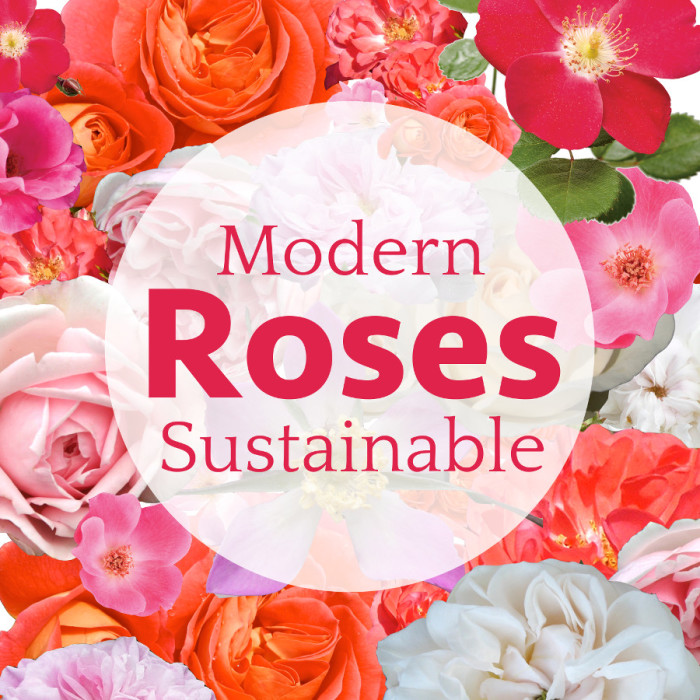
+comments+